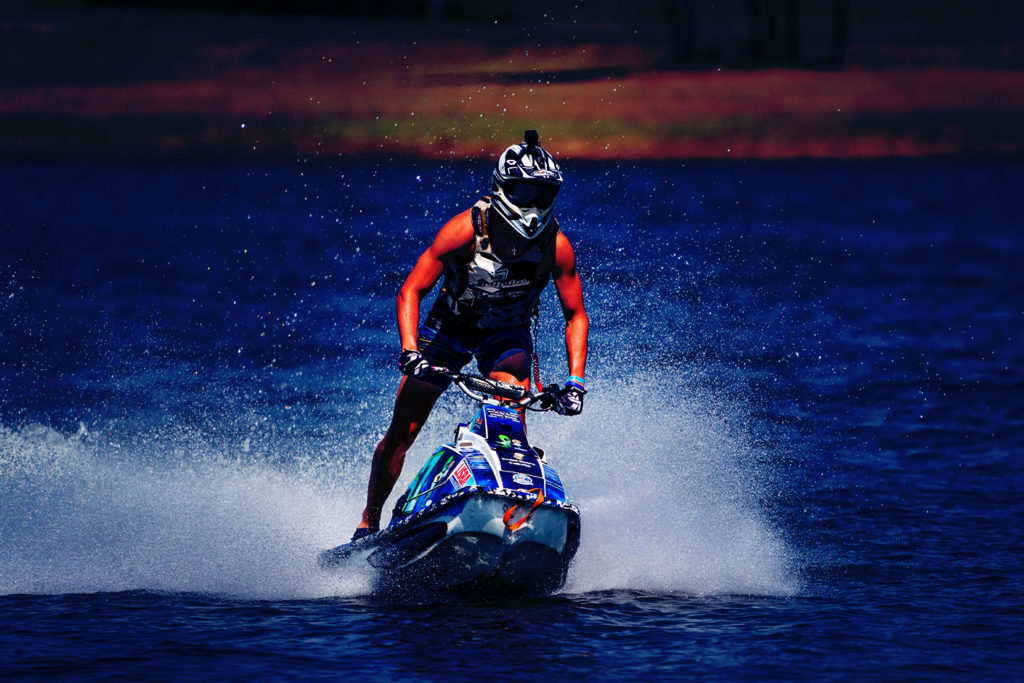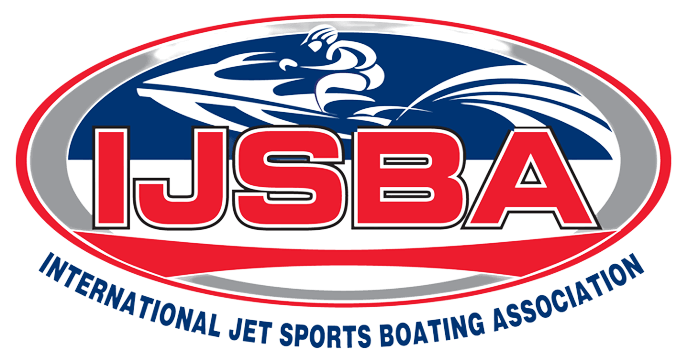The speed limitation of jet skis to around 67 mph (or 60 knots) is primarily due to safety considerations, regulatory requirements, and manufacturer design choices.
Here are several reasons why jet skis may have speed limitations…
- Safety Regulations – Many jurisdictions and bodies governing watercraft operations have established speed limits for personal watercraft (PWC) like jet skis to enhance safety on the water. These limits are in place to reduce the risk of accidents and collisions, especially in crowded or restricted waterways.
- Design and Stability – Manufacturers design jet skis with specific hull designs and weight distributions that optimize performance and stability within certain speed ranges. Higher speeds beyond the design specifications may compromise the safety and handling characteristics of the watercraft.
- Noise and Environmental Regulations – Higher speeds can result in increased noise levels and environmental impacts, such as wake disturbance, erosion, and disruption to marine life. Speed limitations help mitigate these impacts and comply with environmental regulations.
- Insurance and Liability – Insurance considerations and liability risks may influence manufacturers and operators to adhere to speed limitations to minimize accidents and associated claims.
- Market and Usage Considerations – Jet skis are primarily designed for recreational use and are regulated accordingly. Manufacturers balance performance capabilities with safety and regulatory compliance to meet market demand while ensuring user safety.
The speed limitation of jet skis to around 67 mph is a result of various factors aimed at promoting safe and responsible operation on the water. These limitations help protect operators, passengers, and others enjoying water activities, while also preserving natural environments and complying with regulatory standards.



